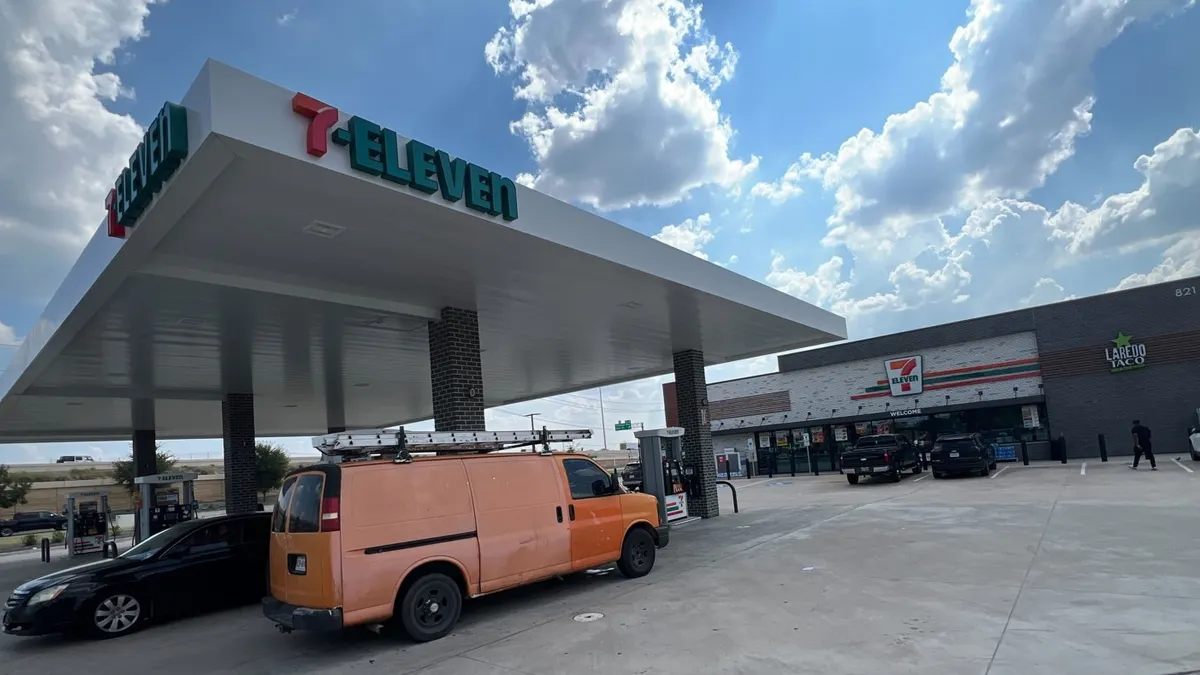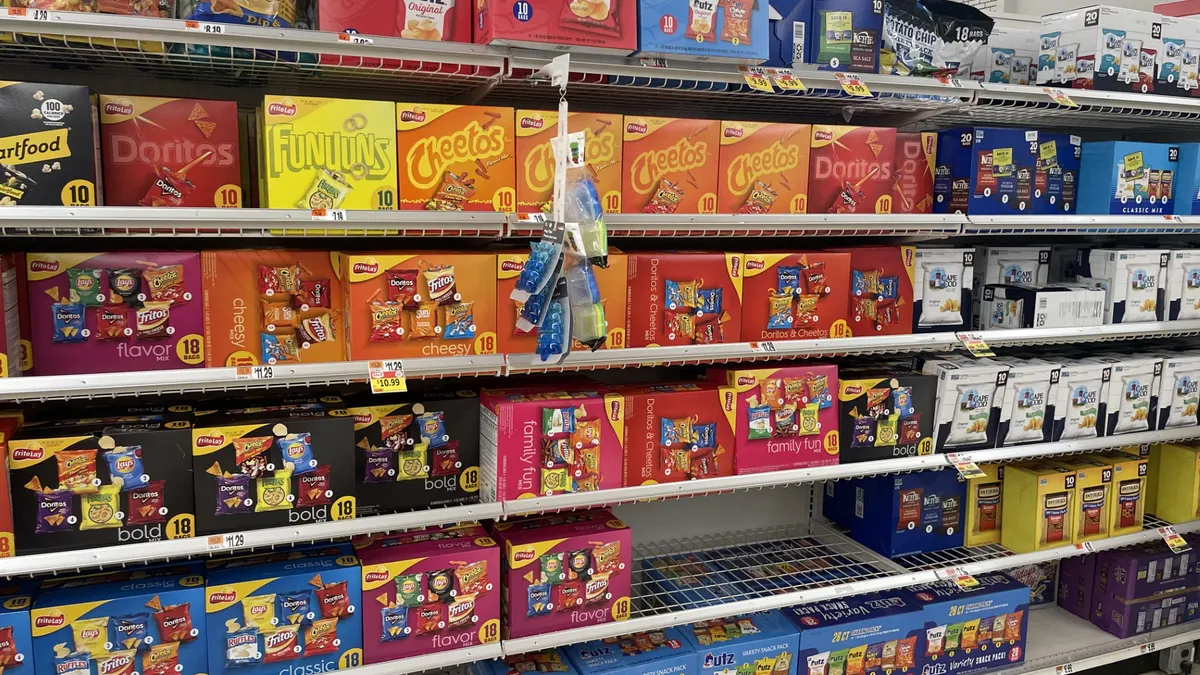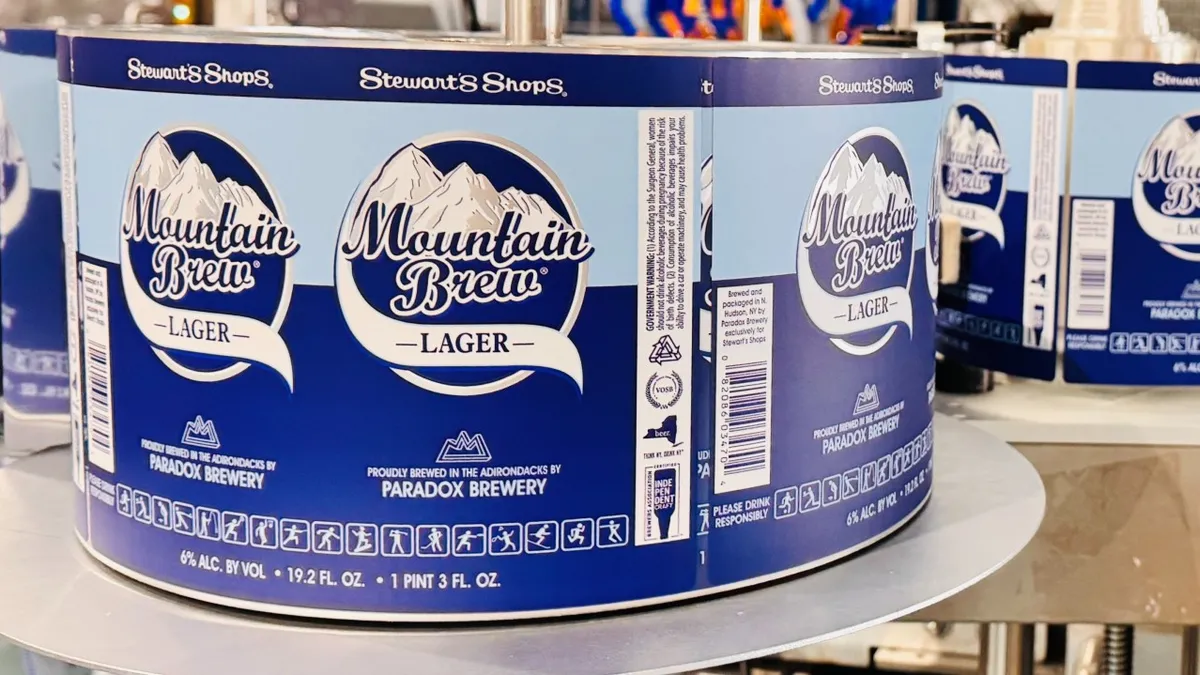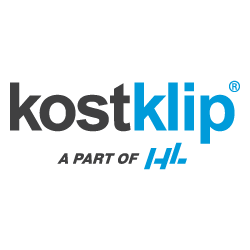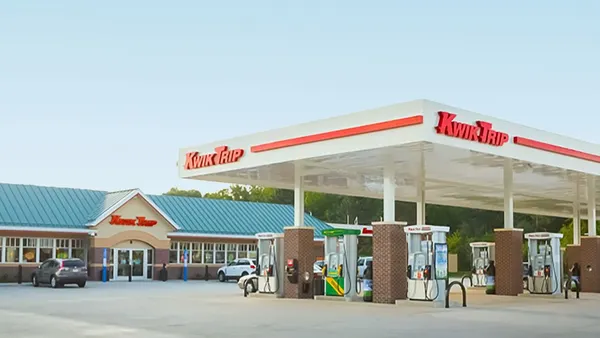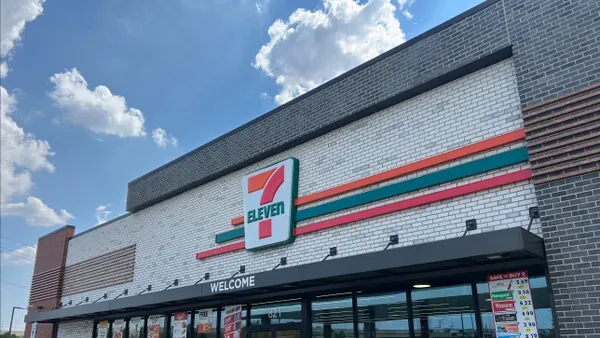Dive Brief:
- 7-Eleven’s transformation plan, which includes the rollout of large-format, food-focused convenience stores in the U.S., is “delivering tangible results” even as the retailer faces revenue declines amid economic headwinds, Stephen Dacus, president and CEO of parent company Seven & i Holdings, said during the company’s fiscal-second-quarter earnings presentation last week.
- Dacus emphasized that 7-Eleven’s “new standard” stores reflect “what customers are asking for,” and are “setting the foundation for future growth.” This comes just two months after Dacus revealed that these locations were garnering 45% higher sales per store than the retailer’s traditional locations.
- 7-Eleven has been under a microscope since launching its new c-store concept late last year, with some industry stakeholders skeptical of whether these locations could help the retailer rebound after a difficult few years financially.
Dive Insight:
Dacus did not share any financial metrics during the call regarding the new standard stores, but repeatedly said that the company’s transformation plan is helping strengthen the business. Besides the stores, this plan includes rolling out more QSRs at its locations, expanding its fresh food offerings and enhancing its 7Now delivery program.
He said that 7-Eleven is on pace to achieve its targets for these elements through fiscal 2025, which ends on Feb. 28. These include opening 50 new QSRs, launching over 200 private label items and opening 125 new standard locations. Dacus revealed this summer that the latter target is expected to double from 125 to 250 new locations per year after 2025.
The 5,000-square-foot new standard stores, which launched in October 2024, often feature one of 7-Eleven’s QSRs as well as freshly made grab-and-go offerings like breaded chicken salads and smoked turkey and egg sandwiches.
“Obviously it’s early days but we are making good progress and are starting to see tangible results,” Dacus said last week. “In addition, [7-Eleven] is executing on its transformation program to fundamentally strengthen our business in response to changing customer needs. Again, it’s early but the initial results are good.”
The transformation program is doing so well that Seven & i intends to bring it to its c-stores in Japan, where operating income fell 7% below expectations during the quarter, Dacus said. He did not clarify if that meant the entire plan, including the new standard stores, or only parts of it.
Dacus emphasized that the operating environment “remains challenging” in both North America and Japan. In North America, where 7-Eleven mainly operates in the U.S., the retailer saw its revenue from operations drop by 18% during Q2 compared to the same period in 2024.
“Regarding the U.S., consumers continue to demand ever greater quality and value, in food-forward convenience stores with fresh grab-and-go options,” Dacus said last week. “They expect seamless digital and delivery choices, and they want larger, cleaner, more contemporary formats that match their lifestyle. Our strategy is to meet and exceed these expectations.”



